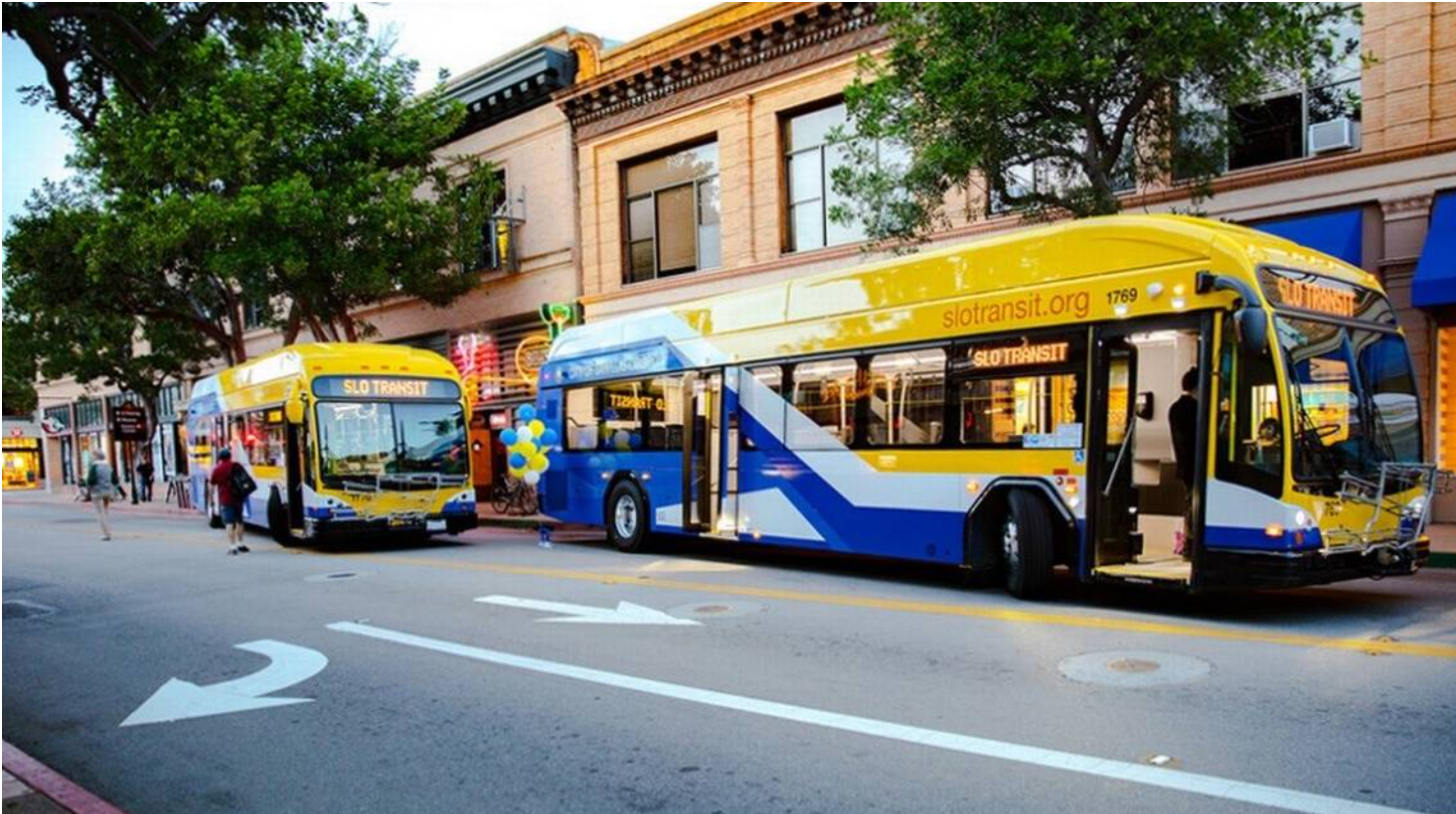The Impact of Public Transportation on Property Demand
https://buymeacoffee.com/kaysogy/the-impact-public-transportation-property-demand
 In today’s dynamic real estate market, public transportation is emerging as a significant factor influencing property demand. Proximity to efficient transit systems not only improves accessibility but also boosts property values, making it a critical consideration for homebuyers, investors, and developers. This article delves into the multifaceted relationship between public transportation and property demand, highlighting key factors and strategies to capitalize on this trend while incorporating essential real estate insights.
In today’s dynamic real estate market, public transportation is emerging as a significant factor influencing property demand. Proximity to efficient transit systems not only improves accessibility but also boosts property values, making it a critical consideration for homebuyers, investors, and developers. This article delves into the multifaceted relationship between public transportation and property demand, highlighting key factors and strategies to capitalize on this trend while incorporating essential real estate insights.
How Public Transportation Drives Property Demand
1. Enhanced Accessibility: Properties located near public transit systems, such as subways, buses, or light rail, offer unparalleled convenience. Accessibility reduces commute times, making these properties more attractive to potential buyers or renters. Neighborhoods with robust transportation networks often top the list for first-time homebuyers seeking affordability and convenience.
2. Increased Property Values: Proximity to public transportation has been consistently linked to higher property values. This phenomenon, often referred to as the "transit premium," occurs because such properties appeal to a broader demographic, including professionals, students, and retirees. Studies reveal that homes within walking distance of transit stations command higher prices and appreciate faster than those in car-dependent areas.
3. Rental Property Potential: Property near public transportation hubs presents excellent rental opportunities for investors. Tenants prioritize easy access to transit for work, school, and daily activities. As a result, rental properties in transit-oriented neighborhoods often experience lower vacancy rates and stable rental yields.
Factors Influencing the Impact of Public Transportation
1. Type of Transit System: The type and efficiency of the transportation system significantly influence property demand. High-capacity systems, such as subways or commuter trains, have a more substantial impact on property values compared to smaller bus networks.
2. Neighborhood Development: The integration of public transportation with neighborhood amenities—like schools, shopping centers, and parks—further amplifies its appeal. Real estate market trends indicate that mixed-use developments near transit hubs are particularly popular among buyers and renters.
3. Sustainability Considerations: As the focus on sustainable real estate grows, properties near public transportation align with the preferences of environmentally conscious buyers. Reduced reliance on personal vehicles contributes to lower carbon footprints, aligning with broader goals of sustainable urban living.
Strategies to Capitalize on the Trend
1. Invest in Transit-Oriented Development: Transit-oriented development (TOD) emphasizes creating vibrant, walkable communities centered around public transportation. Investing in such projects can yield significant returns due to the high demand for properties in these areas.
2. Utilize Property Valuation Tools: Before investing, leverage property valuation tools to assess the potential appreciation of properties near transit hubs. These tools provide insights into market trends and help identify high-growth areas.
3. Highlight Transportation Benefits in Listings: When marketing properties, emphasize proximity to public transportation in online property listings. Include details about nearby transit options, commute times, and connections to key areas. This approach appeals to buyers prioritizing convenience and accessibility.
4. Incorporate Smart Home Technology: Incorporating smart home technology enhances the appeal of properties near transit hubs. Features such as automated lighting, smart locks, and energy-efficient systems attract tech-savvy buyers and renters.
Future Trends and Considerations: Public transportation’s influence on real estate will likely intensify as urbanization continues and sustainable living becomes a priority. Cities investing in modern transit infrastructure are poised to see increased demand for properties near these developments. Additionally, the rise of remote property inspections and real estate mobile apps enables buyers and investors to explore transit-oriented properties seamlessly.
Conclusion: Public transportation is a powerful driver of property demand, offering opportunities for homebuyers, investors, and developers to maximize their investments. By understanding and leveraging the relationship between transit systems and real estate, stakeholders can navigate the market effectively and capitalize on emerging trends. Whether it’s through highlighting transportation benefits in property listings or investing in transit-oriented developments, the potential for growth and profitability is immense. As the real estate landscape evolves, the impact of public transportation on property demand will remain a cornerstone of strategic planning and success.
Comments
Post a Comment